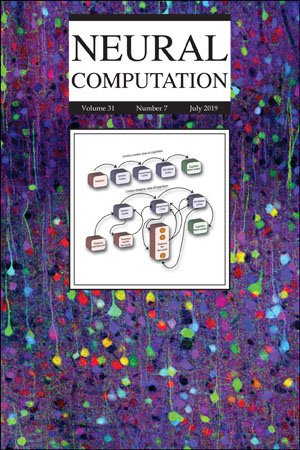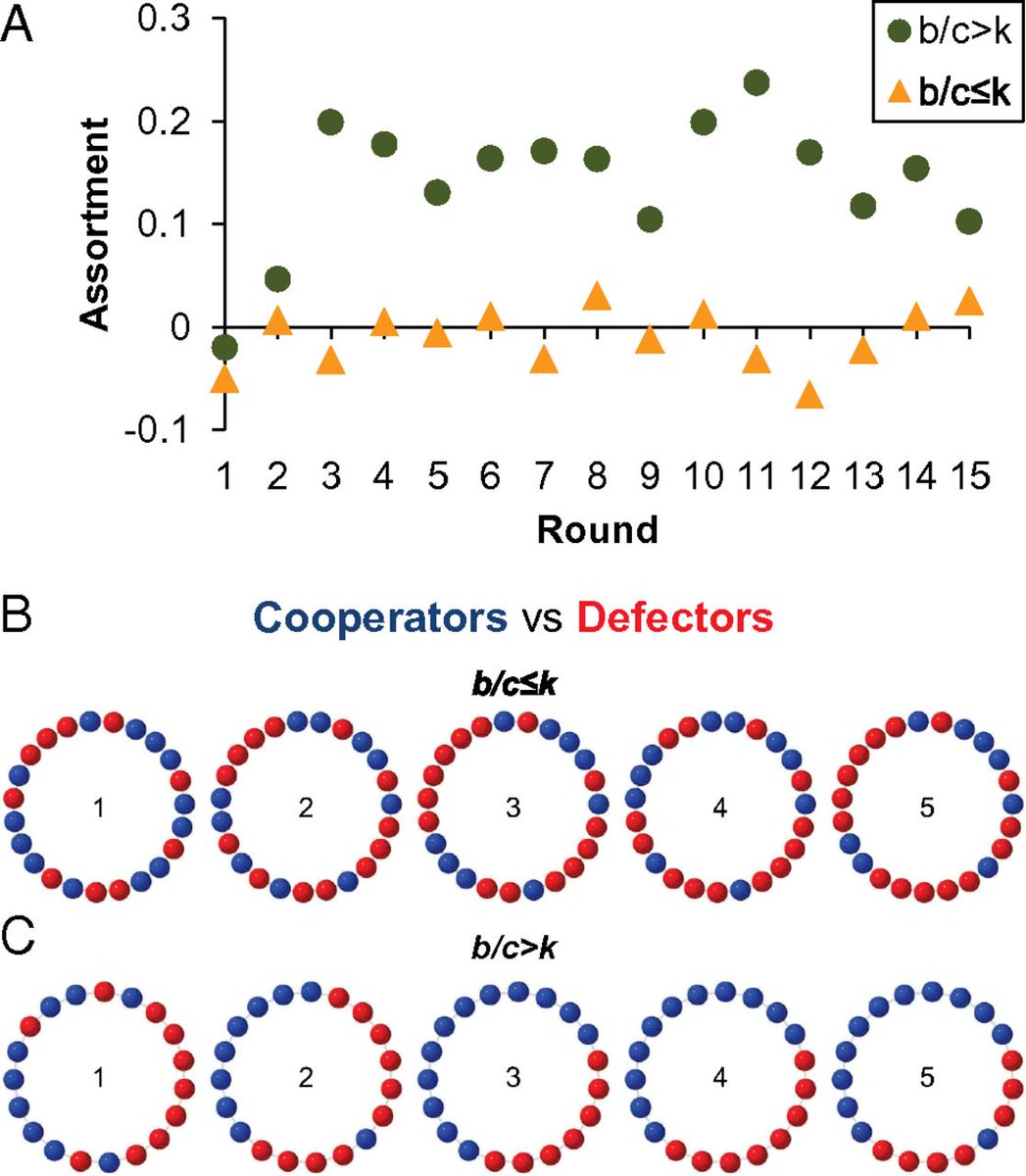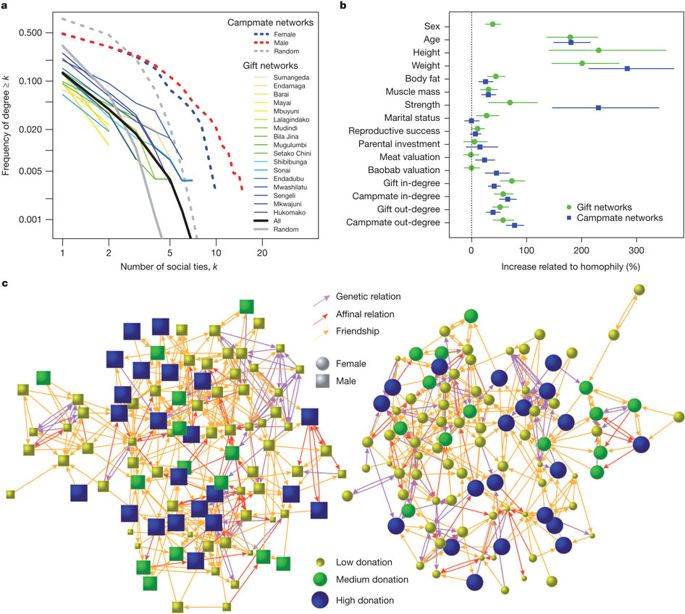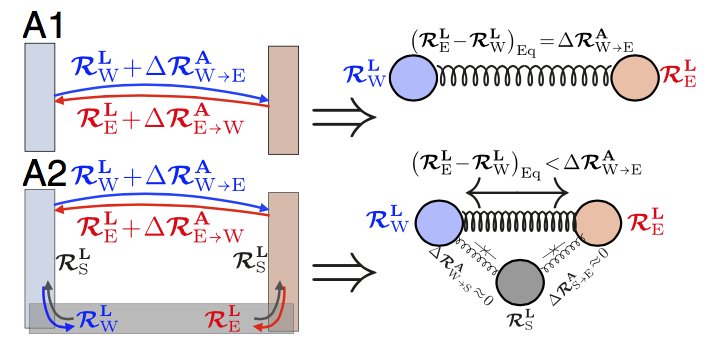pnas.org/content/116/26…
No I have not! Though it does not mean that I don't read and think about the work of those who are on the opposite camp. Science needs open mindedness, or else it would be faith. See the thread below...
link.springer.com/article/10.100…
frontiersin.org/articles/10.33…
suggesting that inhibition-driven β- and γ-oscillations contribute to the reactivation of information through orchestrating highly coherent spiking activity patterns
@PNASNews
pnas.org/content/113/33…
@PhysRevE
journals.aps.org/pre/abstract/1…
@SciReports
nature.com/articles/srep2…













